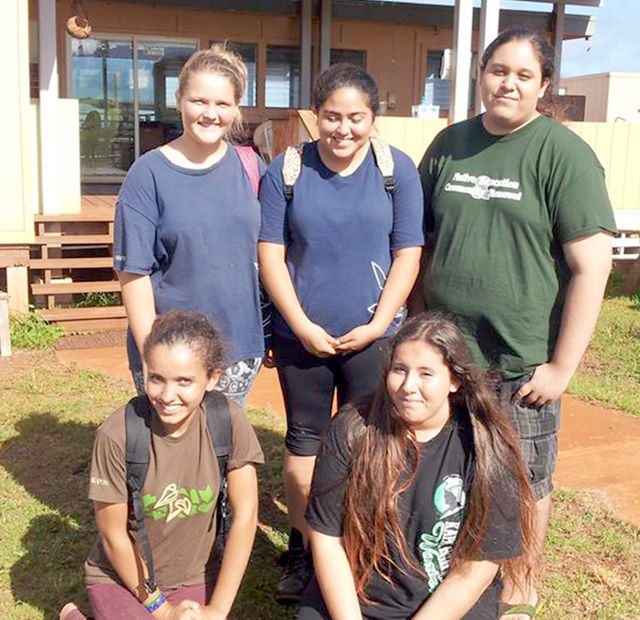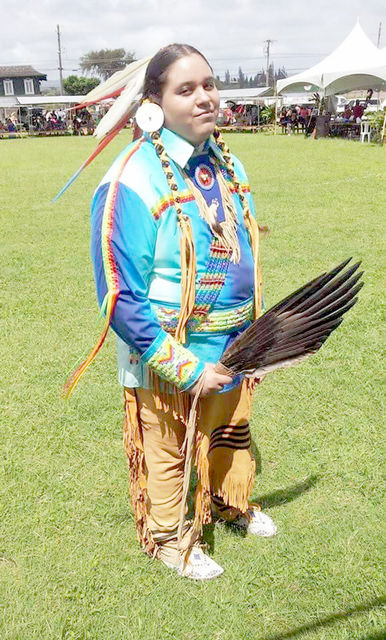ANAHOLA — Kauai Native Youth Council is offering local schools an educational program on Native American history and a different perspective around the Thanksgiving holiday. Their program is in honor of “Native American Heritage Month” in November. They are offering
ANAHOLA — Kauai Native Youth Council is offering local schools an educational program on Native American history and a different perspective around the Thanksgiving holiday.
Their program is in honor of “Native American Heritage Month” in November. They are offering a 30-40 minute program to local classrooms or organizations that would like to learn more about the Native American culture and historical view of Thanksgiving.
“Most people think that the Thanksgiving story in most history books, of pilgrims and Indians sitting down to a big happy feast, is the truth,” said Journey Zephier, president of Kauai Native Youth Council. “But we have to remember that history is written by the victors, the colonizers, we want to offer teachers and students the opportunity to hear the Native American perspective of Thanksgiving history, the ways we as native people experience this holiday that is supposed to honor us, and also share a little bit about how we as First Nations do or do not celebrate Thanksgiving, and what it is to be a modern Native American teenager today, our culture and families.”
Around this time of year, U.S. students will learn about the first Thanksgiving. But the Kauai Native Youth Council contends that this story is largely a fairy tale, and hopes to clear up misconceptions about the first Thanksgiving, share why their regalia, feathers and beadwork is sacred to them, and some well meaning Thanksgiving celebrations are highly offensive and hurtful.
The program is called “Native Perspectives on Thanksgiving.”
“Dressing up as pilgrims and Indians in schools is perpetuating a false, negative stereotype and history,” Zephier said. “We hope to share with kids and teachers, some more appropriate, fun ways to celebrate and honor our culture this time of year.”
He said 87 percent of school history textbooks in all 50 states portray Native Americans in a pre-1900 context. This might be the only time students learn about Native American history.
“That means kids are graduating with very little awareness of current Native tribes, culture, challenges, or struggles,” Zephier said. “This makes our people invisible, if people don’t know who we are today, now, then we don’t exist in political, environmental or social discussions.”
Imani True, vice president of Kauai Native Youth Council added, “Another thing we hope to bring to light is what role the presidents Washington, Lincoln really played in the history of Native Americans and Thanksgiving, which from the indigenous view is way different than the history book view. We want to get students thinking and researching for themselves, but in a fun and age appropriate way that engages kids.”
The Native Youth Council will leave teachers with a list of resources for the classroom on Native American History that offers a view of Thanksgiving for classroom discussion.
They are offering their presentation Nov. 15-25. It is free. Donations will be accepted to fund leadership conferences on the Mainland for native youth.
Info: journey.zephier@gmail.com



